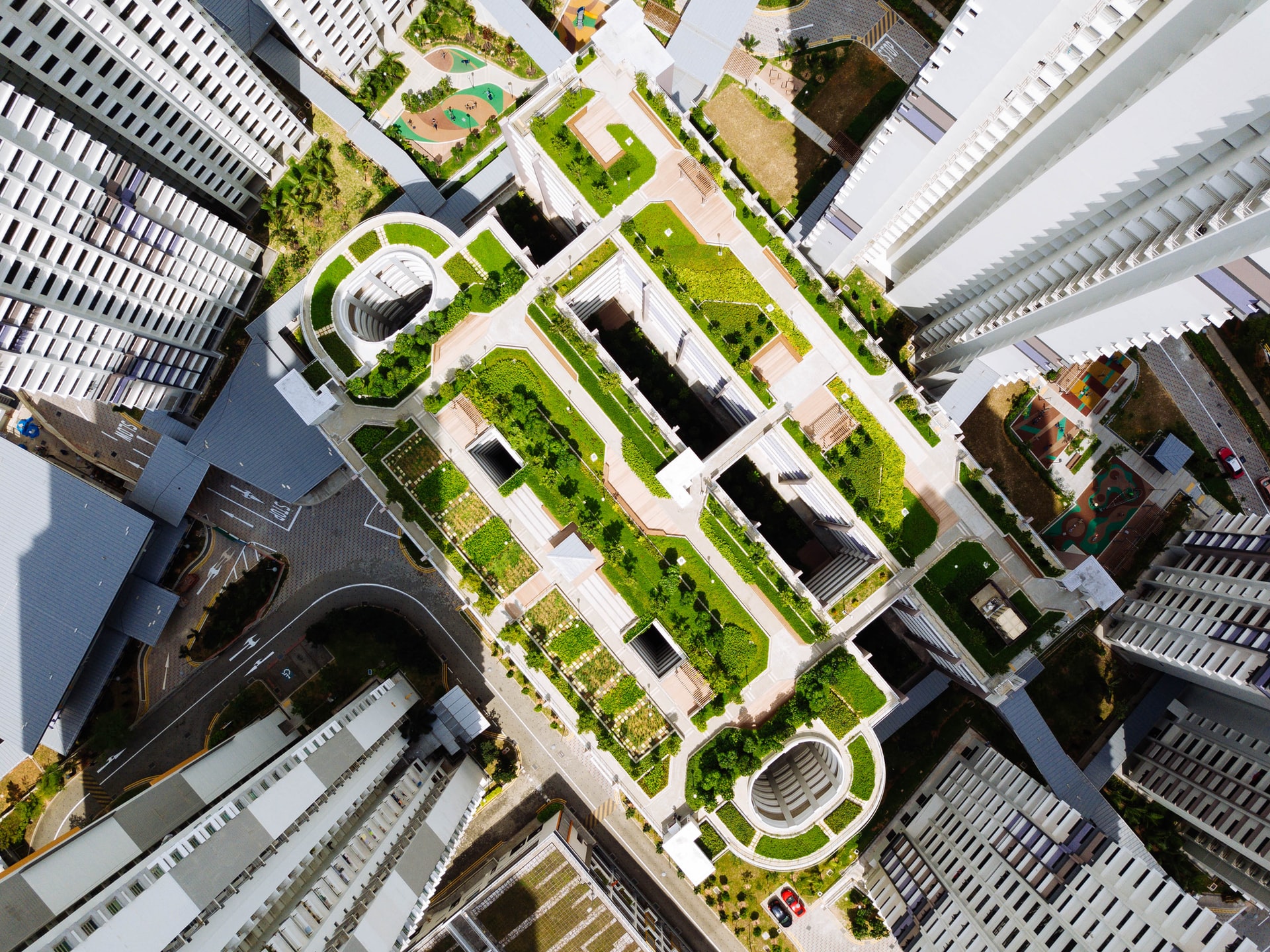The World Green Building Council (WorldGBC), a global network of national Green Building Councils – nonprofit associations made up of companies and organizations working in the sustainable building sector – launched the Circularity Accelerator program last May, which aims to promote the circular economy and efficiency in the construction sector.
Construction, a sector with a heavy environmental impact
The built environment is responsible for 37 percent of global energy-related carbon emissions, and the building sector accounts for about 40 percent of global resource demand annually. At the same time, by 2050, two-thirds of the world's population will live in cities, consuming 75 percent of the planet's natural resources, producing 50 percent of global waste and more than 60 percent of greenhouse gas emissions (source: Global Status Report for Buildings and Construction Sector).
Globally, it is estimated that construction, demolition and renovation of buildings account for one-third of all solid waste. Furthermore, while reuse and recycling rates remain stagnant at below 9 percent, global levels of materials extraction continue to increase.
The Circularity Accelerator, recently launched by the WorldGBC, meanwhile, is in line with the various initiatives that are pushing the building sector toward decarbonization and a lighter ecological footprint. Beyond the European Commission's New European Bauhaus, the Built by Nature initiative, for example, wants to decarbonize the building sector by focusing on wood and forests, while, at the same time, there are numerous best practices of circularity and sustainability and innovations in the sector ranging from concrete backfill to recycled wood to rock wool insulation.
"The United Nations has declared that we have a 50 percent chance of exceeding 1.5°C of global warming in the next five years. More than a third of the materials used globally are destined for buildings, but less than 9 percent of the materials consumed are kept in use in production cycles," says Cristina Gamboa, CEO of WorldGBC. "The impact of such resource use," she continues, "accelerates climate change and the decline of ecosystem services that sustain life, such as maintaining clean water and productive land. These impacts unequally affect the most vulnerable communities and economies around the world. But this can and must change."
Net zero is the goal for construction
Aiming to address the climate and resource impacts of construction and to support the ambitions of the United Nations Sustainable Development Goals and the Paris Agreement, the WorldGBC brings together its 36,000 members to work toward circularity and efficiency goals in the short and long term. On the short term, WorldGBC aims by 2030 for sustainable management and efficient use of natural resources within the built environment, zero waste going to landfill, and construction that has zero net resource consumption over its entire life cycle. The longer-term goal aims to achieve by 2050 a built environment that does not deplete resources and produces net zero emissions, working toward the restoration of natural resources and systems within a thriving circular economy.
"As we approach COP27, the new Circularity Accelerator program is already bringing together experts and leaders from across our Green Building Council network to drive the implementation of resource efficiency actions and scale up sustainable built environments for everyone, everywhere," Gamboa explains.
WorldGBC's Circularity Accelerator
The Circularity Accelerator is WorldGBC's new global program to catalyze the adoption of circular economy and resource efficiency in the building and construction sector. It was created with the intention of measuring the amount of waste generated by the building and construction sector as part of a new global campaign to help construction companies around the world adopt circular economy principles.
With the launch of the Circularity Accelerator, the World Green Building Council and its network of more than 70 Green Building Councils want to encourage all members to take a hard look at how to incorporate more sustainable materials and use them more efficiently.
In building the accelerator, the WorldGBC is collaborating with design and computer modeling specialists Brightwork, engineering and consulting giant Ramboll and architecture and design firm Foster + Partners. WSP will, instead, be a technical partner for the research.
In order to facilitate cross-sectoral collaboration, WorldGBC and partners will lead the creation and distribution of technical knowledge on the circular economy, including the development of training for GBC members and industry at large, and support in the use of assessment tools along with the promotion of regulatory strengthening in a circular direction. This work will be initiated from the results of the State of the Market report in the fourth quarter of 2022.
In fact, the Circularity Accelerator is currently developing two projects to create awareness and educate the industry on the opportunities for a more resource-efficient built environment. The first project is a "state of the market" report that identifies key challenges and opportunities for circular building. The second project is a global awareness campaign to increase the adoption of circularity and resource-efficiency principles, including training events, publications, and toolkits offering tips and knowledge regarding green building.
Image: Chuttersnap (Unsplash)



